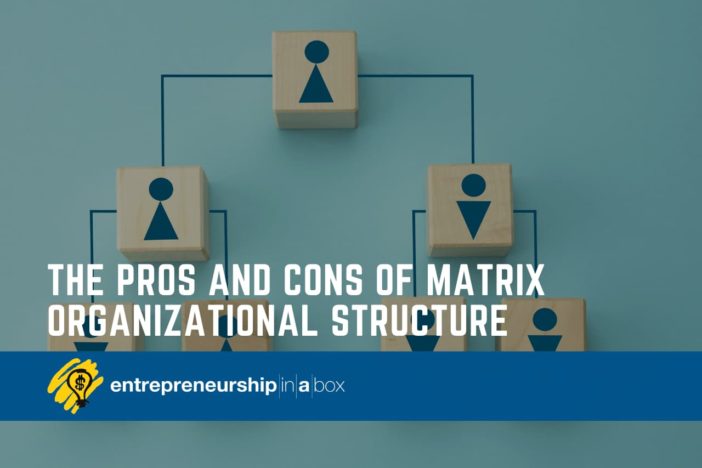Running a successful business involves more than just the CEO or high-level employees. For a business to flourish, every employee within the company must feel like an essential part of the team.
Many business models rely on the matrix structure of the organization to utilize everyone in the company. The matrix structure has different variations, but the general idea is to blend employees from different departments into one team for projects.
For example, one team might consist of one employee from design, one from engineering, and one from the production departments. A project supervisor directly oversees the diverse group. A functional supervisor, such as the VP of Marketing, is looped in, as well.
The matrix organizational structure has its advantages and disadvantages. Consider these three pros and cons when implementing the matrix structure.
3 Pros of Matrix Organizational Structure
1. Integration Among Departments
Oftentimes in the business world, different departments in one company can feel like different worlds. Each department stays in its own world and rarely ventures outside to other departments.
With the matrix structure, there is direct overlap among the various departments within the same company. Each department lends its own expertise and passion to a project. This shared knowledge leads to more productivity with higher quality work.
2. Better Communication
Typically, there isn’t a lot of communication between different departments, and decisions are made unilaterally by the department manager. However, the matrix structure involves both the project manager and the functional manager in the decision-making process.
Related: Real-life Organizational Decision-Making Examples
3. Motivates Employees
The matrix structure allows employees to move between teams rather than staying within the same small circle. Every employee wants to feel valued, and the matrix structure ensures their individual skill sets are featured.
Employees that feel they are an integral part of a company are more loyal and dedicated than those who feel slighted. In fact, studies show that lack of appreciation is one of the main reasons people leave a company. The matrix structure can boost morale and productivity among employees from the top down.
3 Cons of Matrix Organizational Structure
1. Too Many Cooks in the Kitchen
Reporting to two supervisors can open communication lines, but it can also cause conflict. The two managing entities may disagree over various parts of the project. As a result, the decision-making process can slow to a grinding halt until the conflict is resolved.
2. Confusion Over Team Roles
The confusion between supervisors can trickle down to the team members assigned to the project. What is their individual role on the team? It can be difficult to go from a department where roles are clearly defined to a blended team with no designated leader.
This confusion can discourage the team from meeting project goals or making real progress.
3. Lack of Autonomy
Many departments operate with a hands-off approach where employees are allowed to make executive decisions without approval from their direct supervisor. But in a matrix structure, a project manager is directly involved in all decisions that their supervisor must approve.
Some employees may chafe at the loss of autonomy that comes with the matrix structure of organization. As you can see, the matrix system has as many pros as it does cons. It may not be the right system for every business, but perhaps it is the best one for yours.



